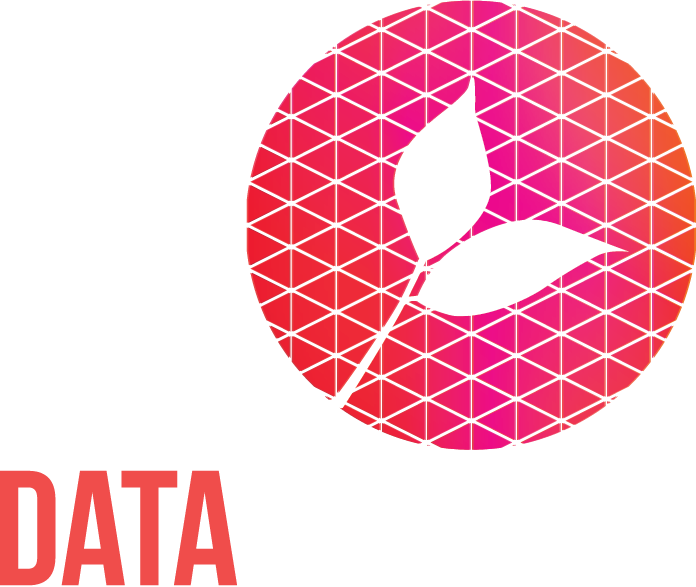Our evolving theory of data maturity
Sian Basker, Co-Chief Executive, Data Orchard
We’ve just updated our Data Maturity Framework (again!). That may not seem particularly big news, but it got us thinking about how important this evolving theory is to all of our work.
It all started seven years ago with a project to develop the first data maturity framework for the not for profit sector. After much research and collaboration, we published the first version in 2017 – setting out our model of seven key themes along a five stage journey (from unaware to mastering).
The framework goes on to describe in detail what each stage of the data maturity journey looks like for each of the seven themes (Uses, Data, Analysis, Leadership, Culture, Tools and Skills).
Following the early research we became really interested in how to measure data maturity. What questions should we ask? Who in an organisation should we ask? How can organisations be compared with each other? And how can this be done online?
Two years later we launched our online Data Maturity Assessment tool – which enables organisations to score their data maturity, and benchmark themselves against others in the sector.
The creation of the tool led to a major overhaul of the Data Maturity Framework and we released version 2 in October 2019 with a tighter, more evidence-based (and measurable) model.
Understanding the state of the sector
Not only is this tool (in both its free and premium versions) allowing not for profit organisations to assess and plan how to improve their data maturity (and ultimately their impact). It is also helping us to build a detailed knowledge base about the level of data maturity across the social sector, and map how that is changing over time.
Last year we published our first State of the Sector report, summarising what the first 15 months of data collected from the online tool told us about data maturity in the not for profit sector. We’ll publish a follow up report this year, and look forward to analysing what’s progressed.
Importantly this is also giving us rich data to create a meaningful benchmark that organisations can use to see where their level of data maturity sits in relation to the sector as a whole. One of the key developments we’re working on at the moment is being able to filter the benchmark, so that organisations will be able to compare themselves against other organisations from their particular part of the sector.
A constantly evolving knowledge base
The foundation to our Data Maturity Assessment, the framework also remains the core knowledge base informing all our consultancy work to improve data maturity with our clients. For this reason the theoretical model is not static. Our knowledge and understanding is constantly growing, both through our experience of working with organisations and, crucially through the data and feedback from users of the tool.
And we know it will continue to evolve. Because in this fast-changing field, as knowledge, skills and technology advance across the sector, our definitions of what ‘good’ and ‘great’ looks like will develop too.
Building a community for the good of the sector
That's why being part of a community of experts in data support is so important to us as it helps us to continually develop how we understand, quantify and measure data maturity.
We had a great response to our data maturity webinars last autumn. We already have more scheduled, with bookings coming in, this year to nurture the community of people working to build data maturity in not-for-profit organisations, and the sector as a whole.
We’re also actively encouraging other data experts to use our online assessment tool with their clients as part of our partner scheme (express your interest here if you want to find out more about this).
We’re building a community of people interested in data maturity in the social sector. Join us to help strengthen our impact, learn from peers, and share your experiences.
Be part of the continued development of our Data Maturity Framework
Do you have thoughts on the detail of our Data Maturity Framework? Is there something missing that you’d love to see? Please do let us know.



